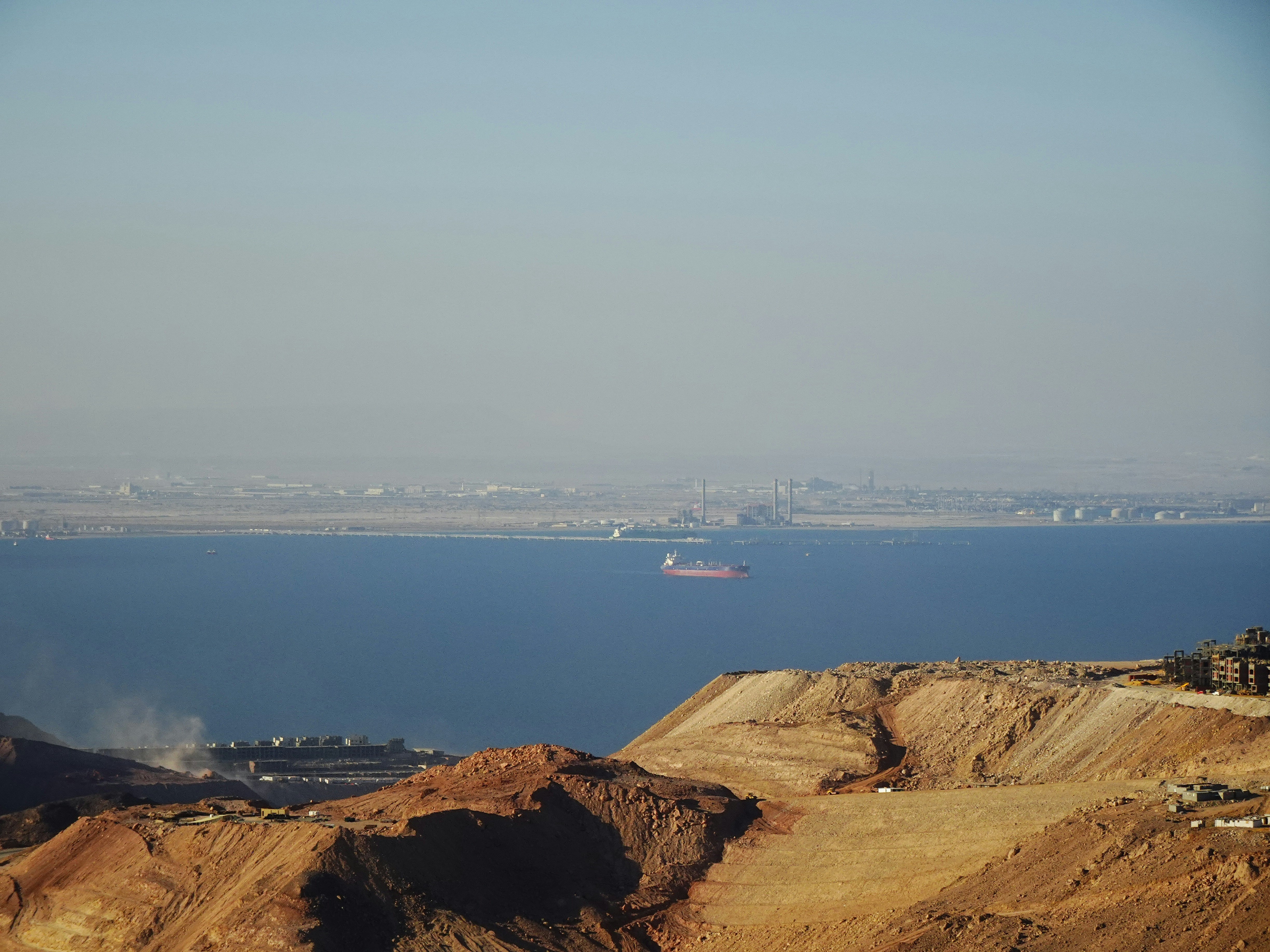Suez Canal Traffic Shows Signs of Recovery After Truce

Recent shipping data indicates an increase in vessel transits through the Suez Canal, and Egyptian authorities are hopeful that the Houthis’ newly announced truce will pave the way for a full return to normal traffic between Asia and Europe.
Clarksons figures show that an average of 244 ships of all types passed through the canal each week in October, rising to 269 per week in November. These numbers compare with a weekly average of 229 during the first nine months of 2025, though they remain far below the 495 to 500 crossings seen before widespread diversions began in late 2023.
The Houthis stated last week that they have halted maritime attacks following the ceasefire between Israel and Hamas. Today marks two years since the group seized the Galaxy Leader, an incident that effectively triggered the ongoing Red Sea crisis.
“The restoration of stability in the Red Sea requires shipping lines to rethink navigation schedules and return to transiting through Bab El-Mandab and the Suez Canal,” said Suez Canal Authority (SCA) chairman Admiral Ossama Rabiee during a weekend visit to a CMA CGM vessel. Several major carriers are now evaluating a return, with Maersk reportedly close to announcing its plans.
The SCA has already scheduled meetings with global shipping lines to encourage their reentry.
Suez Canal tolls typically make up around 1.5 to 2 percent of Egypt’s GDP. Before the war in Gaza, annual canal revenues exceeded $8.5bn, but they fell by more than half last year.
Analysts at Jefferies expect that if stability holds in Gaza, many operators will likely resume Red Sea transits during the first half of 2026.
According to the bank, diversions around the Cape of Good Hope over the past two years have tightened supply by about 10 to 11 percent for containerships, roughly 2 percent for crude and product tankers, around 1.5 percent for LNG and LPG carriers, and about 1 percent for dry bulk vessels.